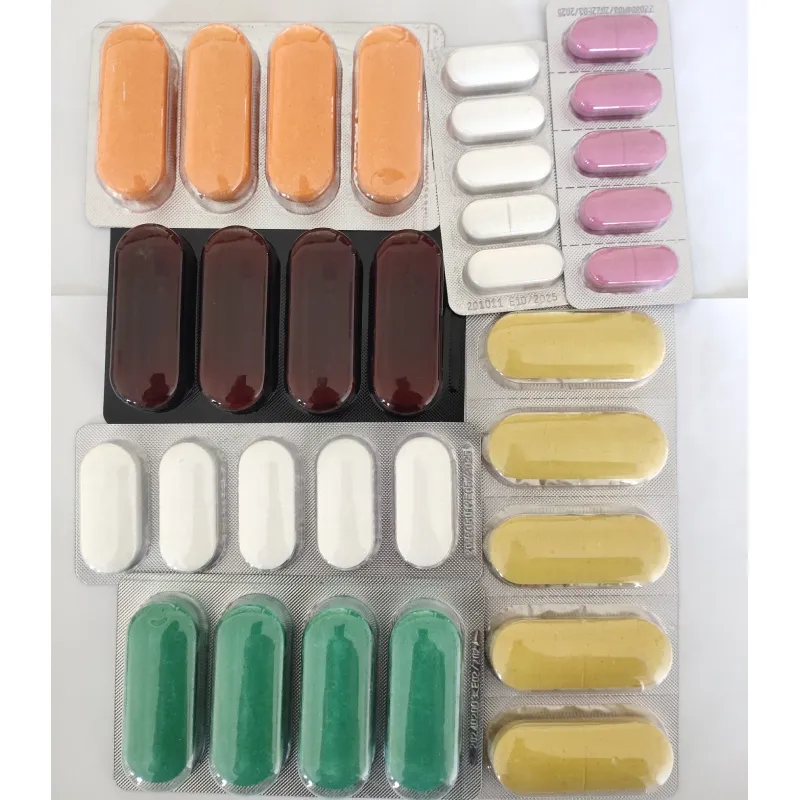- Afrikaans
- Albanian
- Amharic
- Arabic
- Armenian
- Azerbaijani
- Basque
- Belarusian
- Bengali
- Bosnian
- Bulgarian
- Catalan
- Cebuano
- Corsican
- Croatian
- Czech
- Danish
- Dutch
- English
- Esperanto
- Estonian
- Finnish
- French
- Frisian
- Galician
- Georgian
- German
- Greek
- Gujarati
- Haitian Creole
- hausa
- hawaiian
- Hebrew
- Hindi
- Miao
- Hungarian
- Icelandic
- igbo
- Indonesian
- irish
- Italian
- Japanese
- Javanese
- Kannada
- kazakh
- Khmer
- Rwandese
- Korean
- Kurdish
- Kyrgyz
- Lao
- Latin
- Latvian
- Lithuanian
- Luxembourgish
- Macedonian
- Malgashi
- Malay
- Malayalam
- Maltese
- Maori
- Marathi
- Mongolian
- Myanmar
- Nepali
- Norwegian
- Norwegian
- Occitan
- Pashto
- Persian
- Polish
- Portuguese
- Punjabi
- Romanian
- Russian
- Samoan
- Scottish Gaelic
- Serbian
- Sesotho
- Shona
- Sindhi
- Sinhala
- Slovak
- Slovenian
- Somali
- Spanish
- Sundanese
- Swahili
- Swedish
- Tagalog
- Tajik
- Tamil
- Tatar
- Telugu
- Thai
- Turkish
- Turkmen
- Ukrainian
- Urdu
- Uighur
- Uzbek
- Vietnamese
- Welsh
- Bantu
- Yiddish
- Yoruba
- Zulu
Dec . 05, 2024 15:11 Back to list
lincomycin soluble powder
Lincomycin Soluble Powder An Overview
Lincomycin is an antibiotic that belongs to the lincosamide class of antibiotics. It is primarily used to treat infections caused by anaerobic bacteria and certain gram-positive bacteria. Lincomycin is especially effective against infections resistant to penicillin, making it a valuable tool in both human and veterinary medicine. One common formulation of this antibiotic is lincomycin soluble powder, which can be used in various applications ranging from treating infections in livestock to being used in clinical settings for human patients.
Chemical Composition and Mechanism of Action
Lincomycin (C18H34N2O6S) is derived from the fermentation of *Streptomyces lincolnensis*. It works by inhibiting protein synthesis in bacteria, specifically by binding to the 50S subunit of the bacterial ribosome. This action prevents the growth of bacteria by stopping them from producing essential proteins, ultimately leading to cell death. The broad-spectrum activity of lincomycin makes it effective against a variety of organisms, including Streptococcus, Staphylococcus, and Clostridium species.
The soluble powder formulation of lincomycin is particularly advantageous because it can easily be mixed with water or feed, allowing for flexible administration in veterinary practices. This versatility is crucial for treating infections in animals, especially in large livestock operations where individual dosing can be challenging.
Uses in Veterinary Medicine
In veterinary medicine, lincomycin soluble powder is commonly used to treat respiratory infections, diarrhea, and skin infections in livestock, poultry, and pets. It is often used in combination with other antibiotics to enhance its efficacy and reduce the development of antibiotic resistance.
The powder can be mixed into drinking water or feed, making it a convenient option for farmers and veterinarians. The ease of administration helps ensure that animals receive the correct dosage, which is vital for effective treatment and minimizing the risk of recurrent infections.
Furthermore, lincomycin has a relatively low toxicity profile when used appropriately, which makes it a safer choice for treating infections in animals. However, as with any antibiotic, it is essential to follow the prescribed dosages and treatment regimens to avoid potential side effects, such as gastrointestinal disturbances and allergic reactions.
lincomycin soluble powder

Human Applications
In human medicine, lincomycin is used to treat serious infections when penicillin is ineffective or when patients are allergic to penicillin. Conditions like osteomyelitis, pneumonia, skin and soft tissue infections, and certain types of abscesses can be effectively treated with lincomycin.
Healthcare providers may choose lincomycin for patients with infections caused by methicillin-resistant *Staphylococcus aureus* (MRSA) due to its broad-spectrum activity. It is often administered via injection in clinical settings, ensuring rapid access to the bloodstream and immediate therapeutic effects.
Antimicrobial Stewardship and Resistance
Despite its effectiveness, the use of lincomycin raises important considerations regarding antimicrobial stewardship. The overuse and misuse of antibiotics have led to an increase in antibiotic-resistant bacteria, making it vital for healthcare providers and veterinarians to use lincomycin judiciously. Monitoring usage and adherence to recommended treatment guidelines can help mitigate the risk of developing resistant strains.
Patients and farmers should engage in responsible antibiotic practices, including completing prescribed courses, not sharing medications, and following veterinary guidance for animal treatment. Such measures are essential not only for the health of individual patients and animals but also for public health at large.
Conclusion
Lincomycin soluble powder is a versatile and effective antibiotic that plays a critical role in treating bacterial infections across human and veterinary medicine. Its broad-spectrum activity and ease of administration make it a preferred option in various treatment scenarios. However, responsible use is paramount in combatting antibiotic resistance and ensuring sustained efficacy of this important antibiotic. As always, consultation with healthcare providers or veterinarians is essential for appropriate diagnosis and treatment planning. Through careful management and adherence to treatment protocols, lincomycin can continue to provide valuable support in the fight against bacterial infections.
-
Guide to Oxytetracycline Injection
NewsMar.27,2025
-
Guide to Colistin Sulphate
NewsMar.27,2025
-
Gentamicin Sulfate: Uses, Price, And Key Information
NewsMar.27,2025
-
Enrofloxacin Injection: Uses, Price, And Supplier Information
NewsMar.27,2025
-
Dexamethasone Sodium Phosphate Injection: Uses, Price, And Key Information
NewsMar.27,2025
-
Albendazole Tablet: Uses, Dosage, Cost, And Key Information
NewsMar.27,2025













